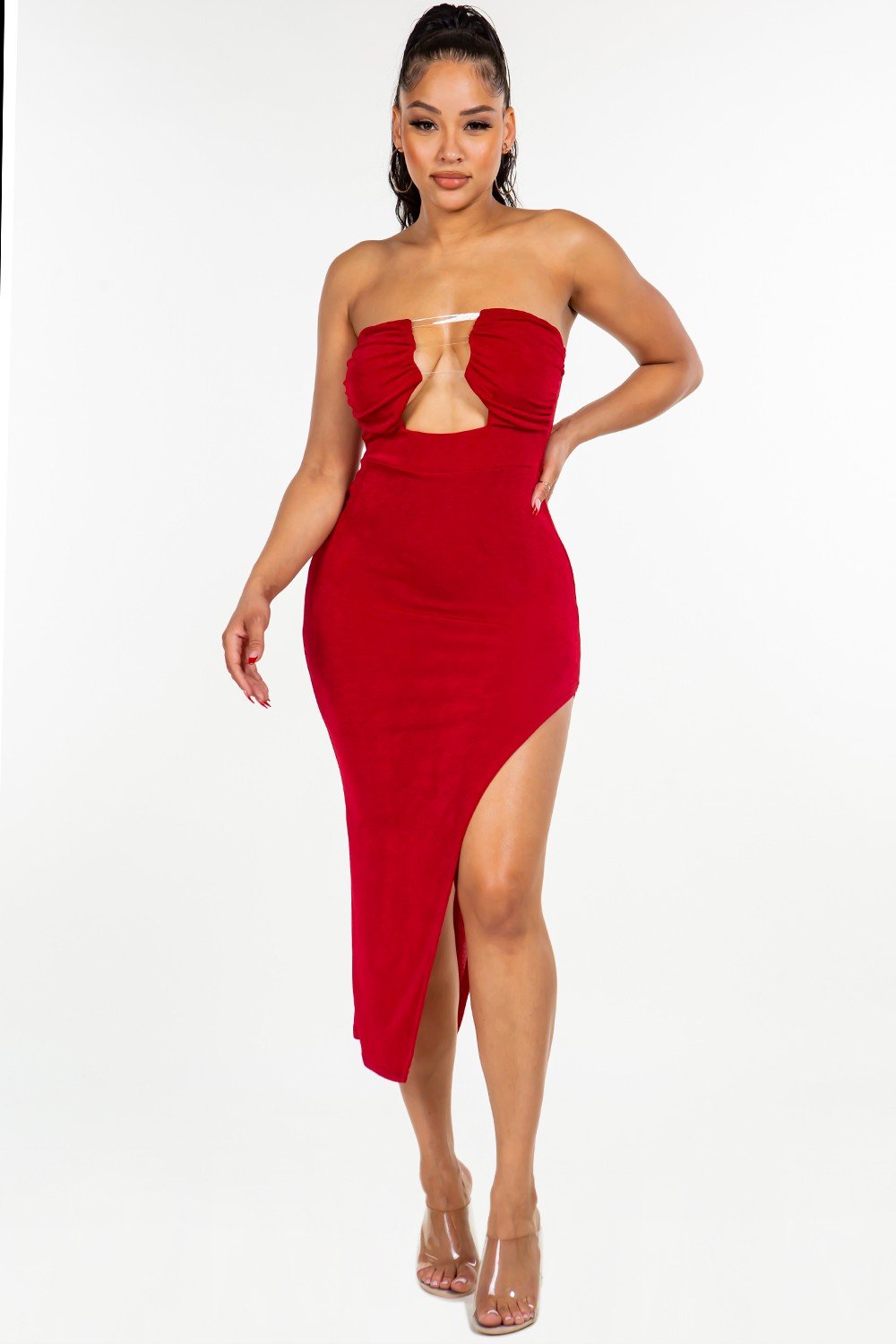The Iconic Fashion Trends: Exploring the Timeless Charm of Dresses 60s

The Iconic Fashion Trends: Exploring the Timeless Charm of Dresses from the 60s
Step back in time and immerse yourself in the enchanting world of fashion from the 60s. From the mini to the maxi, the 60s brought us some of the most iconic and timeless dress styles that continue to captivate our hearts and wardrobes today. With their bold prints, vibrant colors, and daring silhouettes, these dresses embodied the spirit of a generation pushing boundaries and embracing individuality. Whether you're a fashion enthusiast or simply curious about the evolution of style, join us as we take a nostalgic journey through the fashion archives and explore the allure of 60s dresses. From the mod-inspired shifts to the elegant and ethereal bohemian gowns, each dress tells a story of its own, reflecting the social and cultural changes of the era. Get ready to be transported back in time and discover the enduring charm of these iconic fashion trends from the swinging 60s Style.
The influence of the 60s on fashion
The 1960s was a decade of significant social and cultural change, and this was reflected in the fashion of the time. The fashion industry began to break away from the conservative styles of the previous decades and embraced a more youthful and rebellious aesthetic. The 60s saw the rise of the youth subculture and the emergence of new fashion icons who challenged traditional norms. This era was marked by a sense of freedom and self-expression, and this was particularly evident in the dresses of the time.
The fashion trends of the 60s were heavily influenced by the music and art scenes, as well as the political and social movements of the time. The rise of feminism and the civil rights movement played a significant role in shaping the fashion of the era. Women were no longer content to be confined to traditional gender roles, and this was reflected in the bold and daring styles of the dresses they wore. The 60s was a time of experimentation and self-discovery, and this was reflected in the vibrant and eclectic fashion choices of the era.
The 60s also saw a shift in the way fashion was consumed. With the advent of mass production and the rise of ready-to-wear clothing, fashion became more accessible to the masses. This led to greater experimentation and a wider range of styles being available to consumers. The fashion industry responded to this demand by creating dresses that were more affordable and accessible, allowing women from all walks of life to express themselves through their clothing.
The rise of the mini dress
One of the most iconic dress styles from the 60s is the mini dress. This daring and revolutionary style was popularized by British fashion designer Mary Quant and quickly became a symbol of the swinging 60s. The mini dress was a drastic departure from the longer hemlines of previous decades, and it was a clear sign of the changing attitudes towards modesty and femininity.
The mini dress was a symbol of liberation and rebellion. It was a statement of independence and a rejection of traditional gender roles. Women who wore mini 60s dresses were seen as confident and daring, unafraid to challenge societal norms. The mini dress became synonymous with the feminist movement of the time and was embraced by women who wanted to assert their autonomy and freedom.
Despite its controversial beginnings, the mini dress quickly gained mainstream acceptance and became a staple in women's wardrobes. Its popularity was further cemented by the endorsement of celebrities and fashion icons, such as Twiggy and Jean Shrimpton. The mini dress became a symbol of youth and vitality and was seen as a way for women to express their individuality and embrace their sexuality.
The elegance of the shift dress
While the mini dress may have been the most daring style of the 60s, it was not the only dress silhouette that gained popularity during this era. The shift dress, with its clean lines and simple silhouette, was another iconic style that defined the fashion of the 60s. The shift dress was a departure from the more structured and form-fitting styles of the previous decades and offered a more relaxed and comfortable alternative.
The shift dress was popularized by designers such as Yves Saint Laurent and became a symbol of understated elegance. It was a versatile style that could be dressed up or down, making it suitable for both day and evening wear. The shift dress was often made from lightweight fabrics, such as silk or cotton, and featured bold patterns and prints that reflected the spirit of the 60s.
The shift dress was embraced by women of all ages and became a wardrobe staple for many. Its simple and timeless design made it a versatile piece that could be worn for any occasion. The shift dress was often paired with accessories such as knee-high boots or statement jewelry to complete the look. This style continues to be popular today and is often seen as a symbol of effortless chic.
Related Discussions
- 21
Does anyone over the age of 25 follow current fashion trends?
by ttrash 14 years ago
Does anyone over the age of 25 follow current fashion trends?Being 19 years old, I can't see the appeal of buying new clothes every season just to be like everyone else. Do older women and men feel the same way?
- 21
Should we follow fashion trends or let fashion trends follow us??
by FashionFame 15 years ago
Should we follow fashion trends or let fashion trends follow us??
- 13
What current fashion trends do you think people will look back on 20 years from
by Christin Sander 11 years ago
What current fashion trends do you think people will look back on 20 years from now and cringe?I grew up with the huge mall hair and when I see my high school pictures I can't believe we thought foot high bangs that looked like they were rolled up in dynamite was "hip" lol. What...
- 14
What current fashion trends do you find bothersome or, at the very least, questi
by Janis Leslie Evans 11 years ago
What current fashion trends do you find bothersome or, at the very least, questionable?It seems that shorter and tighter are now the norm, even in the workplace. Am I getting old? What fashion trends, for men or women, have you scratching or shaking your head?
- 4
What are promising fall 2010 women's fashion trends?
by FashionFame 15 years ago
What are promising fall 2010 women's fashion trends?
- 15
Do you change your hairstyle very often with fashion trends or has it been the s
by Charlu 13 years ago
Do you change your hairstyle very often with fashion trends or has it been the same for years?






